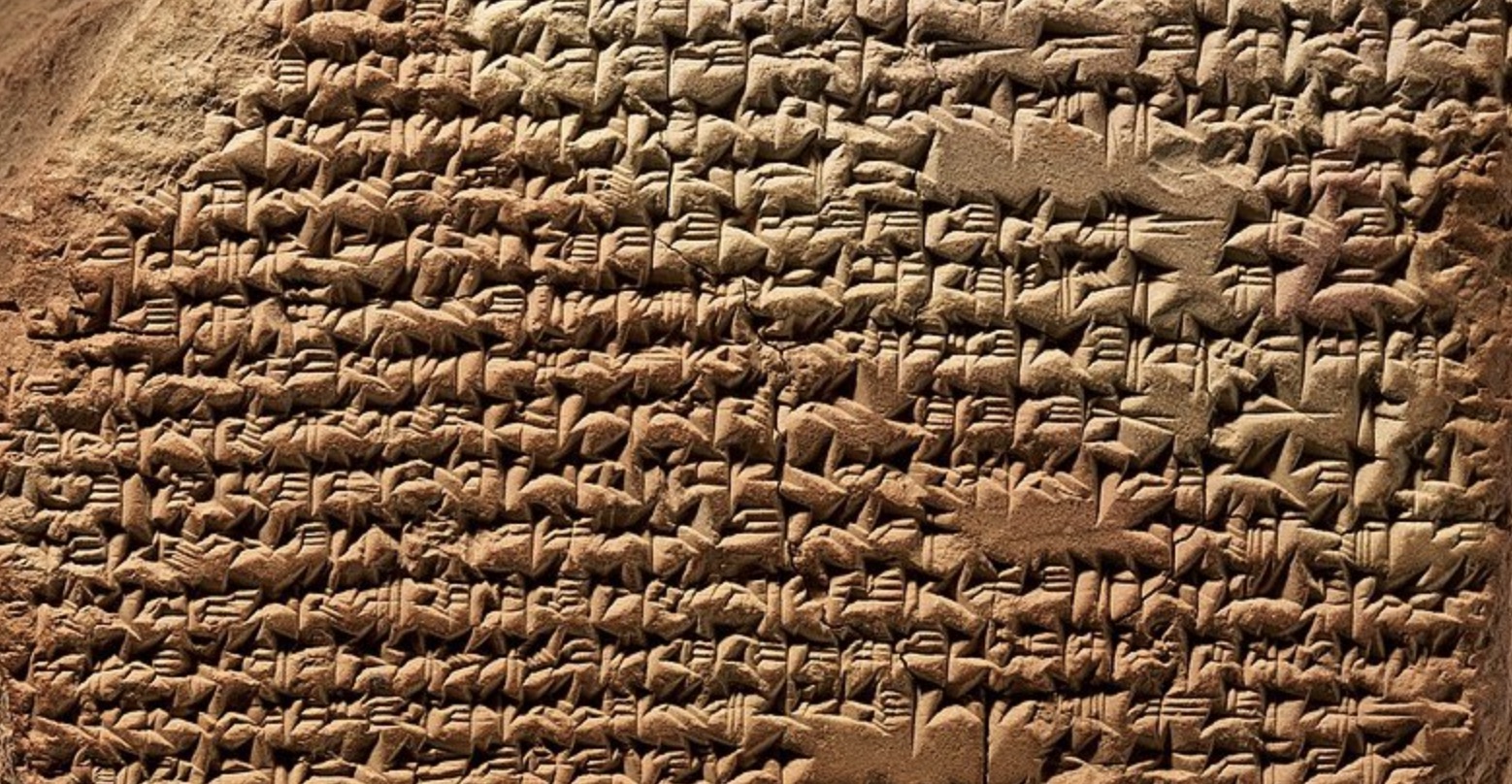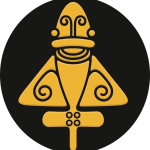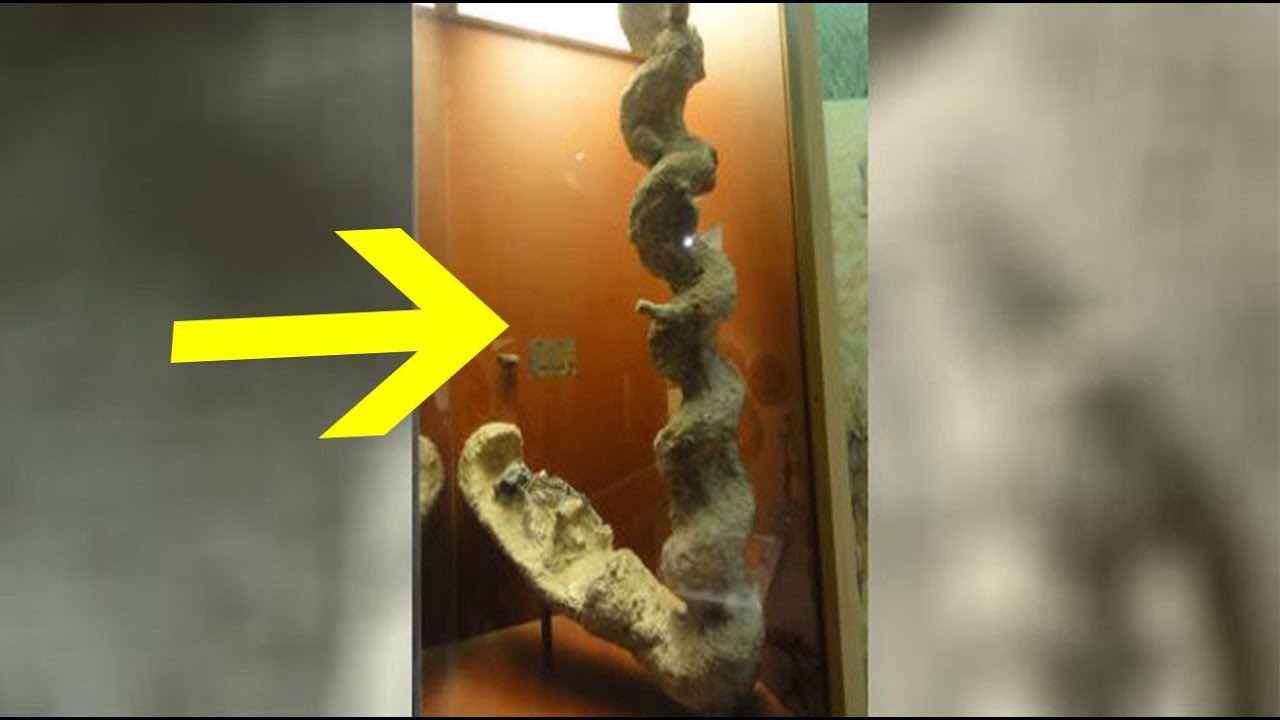A Lost Language Unearthed
Hidden beneath the sands of ancient Mesopotamia, the Sumerian civilization’s enigmatic writing system, cuneiform, has mystified historians and linguists for centuries. Until recently, the secrets of the Sumerians were locked away in these undecipherable clay tablets. However, groundbreaking discoveries have finally allowed us to peer into the world’s oldest known writing system and unravel the captivating tales and advanced knowledge stored within.
Who: The Sumerians and their Storied History
The Sumerians were innovative people who inhabited the southern part of Mesopotamia, in present-day Iraq, around 4500 BCE. They built the world’s first cities, established complex social structures, and contributed enormously to the development of human civilization.
What: Cuneiform – The Dawn of Written Communication
Cuneiform is a writing system that emerged around 3200 BCE, consisting of wedge-shaped marks made by a stylus on clay tablets. It was initially developed to record economic transactions, but soon evolved to document a wide range of subjects, from mythology to mathematics. The decipherment of cuneiform has opened a window into the lives, beliefs, and knowledge of the Sumerians.
When: The Timeline of Cuneiform’s Evolution and Decipherment
Cuneiform developed over thousands of years, with its earliest form, proto-cuneiform, dating back to around 3200 BCE. Over time, the writing system evolved and was adapted by various cultures in the region. However, with the decline of the Sumerian civilization around 2000 BCE and the eventual fall of the Babylonian Empire in 539 BCE, the use of cuneiform diminished. The script was forgotten until its rediscovery in the 19th century.
In 1835, British archaeologist Sir Henry Rawlinson began the arduous task of deciphering cuneiform after discovering the Behistun Inscription, a trilingual cliffside inscription in Iran. With the help of other scholars, Rawlinson unlocked the secrets of cuneiform, enabling researchers to study and understand the vast corpus of ancient texts.
Where: Excavating the Treasures of Mesopotamia
Archaeological sites across Mesopotamia have yielded thousands of cuneiform tablets, with major discoveries made in ancient cities such as Ur, Uruk, and Nippur. These findings have provided invaluable insights into the daily lives, administration, and cultural practices of the Sumerians and their successors.
How: The Complex Process of Decoding Cuneiform
The decipherment of cuneiform was a monumental achievement, made possible through the painstaking analysis of multilingual inscriptions and the identification of recurring symbols. Scholars relied on the knowledge of related languages, such as Akkadian and Old Persian, to unravel the intricacies of the script. This collaborative effort ultimately led to the decryption of cuneiform and the illumination of a once-lost civilization.
Cuneiform’s Astounding Contributions to Humanity
The decipherment of cuneiform has unveiled a treasure trove of knowledge, revealing the Sumerians’ remarkable achievements in various fields. Some of these groundbreaking contributions include:
The Epic of Gilgamesh: A Timeless Literary Masterpiece
The Epic of Gilgamesh, one of the earliest known works of literature, was composed in cuneiform. This epic poem tells the story of the hero-king Gilgamesh and his quest for immortality. The themes of friendship, mortality, and the human condition continue to resonate with readers today, offering profound insights into the values and concerns of ancient Sumerian society.
The Sumerian King List: A Chronicle of Power and Legitimacy
The Sumerian King List is an ancient text that records the reigns of Sumerian rulers, from mythical antediluvian kings to historical monarchs. This document demonstrates the Sumerians’ understanding of history and their efforts to legitimize their rule through divine authority.
Pioneering Mathematics and Astronomy
Cuneiform tablets reveal that the Sumerians developed an advanced system of mathematics, with a base-60 numbering system that continues to influence our modern timekeeping and angular measurement. They also made significant strides in astronomy, accurately charting the movement of celestial bodies and even predicting eclipses.
The Legacy of Cuneiform and the Sumerians
The decipherment of cuneiform has not only unlocked the secrets of the Sumerian civilization but has also demonstrated the enduring impact of their accomplishments on our modern world. From literature to mathematics, the Sumerians’ groundbreaking contributions continue to shape our understanding of human history and our shared cultural heritage.
Unraveling the Threads of Time
As we delve deeper into the mysteries of cuneiform, we are reminded of the extraordinary legacy left behind by the Sumerians. The decipherment of this ancient writing system has allowed us to access their rich history, stories, and knowledge, bridging the gap between past and present. With each new discovery, we continue to unravel the threads of time, piecing together a more complete understanding of the world’s oldest known civilization and the indelible mark they have left on human history.
In a world increasingly interconnected by digital communication, it is important to remember and appreciate the origins of the written word. The Sumerians’ invention of cuneiform set the stage for the development of writing systems across the globe, ultimately shaping the course of human progress. As we continue to explore the secrets of the Sumerians and their remarkable achievements, we honor the enduring power of the written word and its capacity to transcend the boundaries of time and space.
📚📖 Make sure to join Ancient Library on Telegram, and become part of a unique group 👉🏻 https://t.me/theancientlibrary
If you want to help us out and support the page, you can buy us a coffee ( we really appreciate it) 👉🏻 https://www.buymeacoffee.com/ancientlibrary
I am the Librarian, and I, together with the guardians of the Ancient Library, curate content for this site. Welcome, and enjoy your stay.





